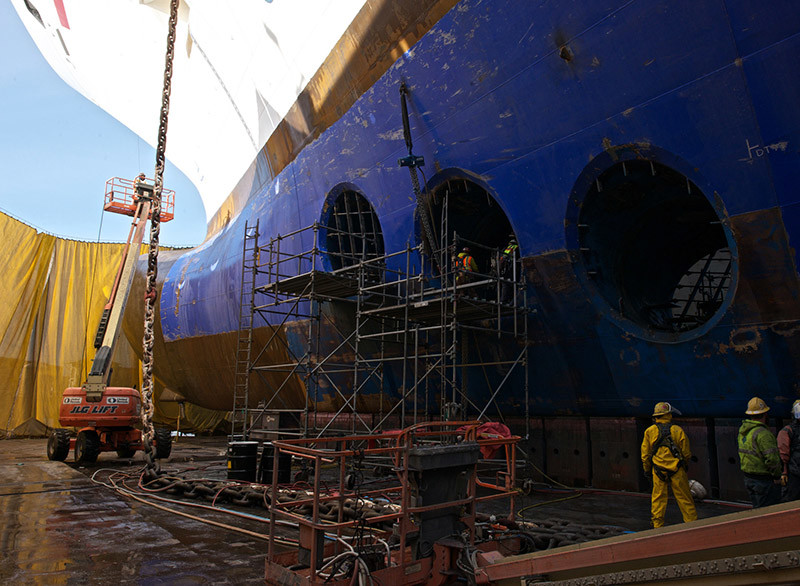Those with a commercial hull policy should expect a request for an updated survey from your underwriter every five years or so. Why? To confirm the vessel’s insured value as well as its current condition.
Depending on what is in the survey, you can expect to see changes in both your coverage limits as well as vessel usage.
I tell vessel owners that they know their boats better than anyone else, the good and the bad, so they should not expect any major surprises from the survey. When an underwriter requests a new survey, it can be to your benefit to have a surveyor who previously inspected your boat do it again. They are familiar with the boat, your operations and with you. You also know what to expect from this surveyor and what sort of report to expect.
When you receive your report, the underwriter will want to know what your plan is based on the survey recommendations. Depending on the severity of the recommendations, you may not be able to operate until they are addressed. Some recommendations may simply note that you will monitor the condition and take action in the future. However, if you falsely state that you have addressed a survey recommendation and then have a claim, you can potentially lose coverage. That’s if it is determined that you falsely claimed to have corrected a survey recommendation.
The survey will also provide a market value as well as the “cost to build new” value. The underwriter almost always goes with the market value. This recently caused a problem for one of our customers who had a new survey done by a different surveyor. The initial survey stated that the value of the boat was $250,000. Ten years later (the underwriter missed the five-year request), the survey performed by a different surveyor stated that the hull value was $650,000.
The insured was not able to absorb the major increase in the hull premium. Through some negotiations with the underwriter, we were able to insure the boat at 80% of the new survey value. This cut the cost of the premium and satisfied the underwriter’s need to insure the vessel close enough to its value.





